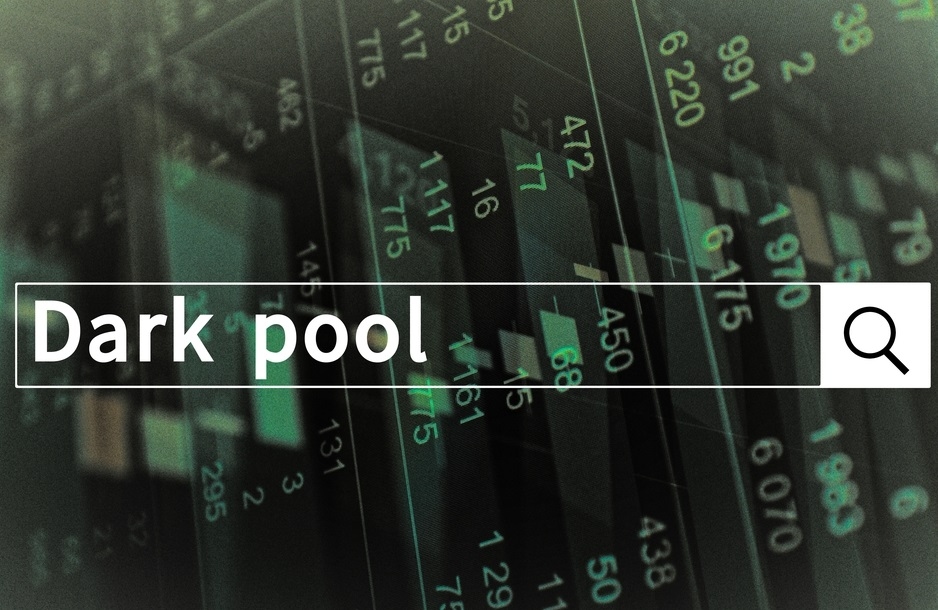
By ATGL
Updated August 25, 2025
The modern stock market operates through multiple layers of complexity, where institutional investors execute massive orders that could significantly impact prices if conducted on public exchanges. When pension funds, mutual funds, or hedge funds need to trade millions of shares, they often turn to private trading venues designed to minimize market disruption. These venues, known as dark pools, represent a sophisticated trading mechanism that affects price discovery and market dynamics.
Understanding stock market dark pools provides traders with valuable insight into institutional behavior and potential price movements. This guide explores what dark pools are, how they function, their market impact, and practical methods for tracking this hidden trading activity.
What Are Dark Pools in the Stock Market?
A dark pool in stocks refers to a private electronic trading network where institutional investors execute large block trades without revealing their intentions to the broader market. Unlike public exchanges where bid and ask prices are visible before execution, dark pools operate without pre-trade transparency.
Key characteristics of dark pool trading include:
- Private networks operated by investment banks and broker-dealers serving institutional clients
- No pre-trade transparency, so order information remains hidden until after execution
- Large minimum orders typically worth millions of dollars, excluding retail participants
- Price matching at midpoints or reference prices derived from public exchanges
- Institutional participants, including pension funds, mutual funds, and hedge funds
The execution process involves matching buy and sell orders at fair market prices while concealing trading intentions. This approach allows institutions to trade substantial volumes without causing adverse price movements that occur when large orders hit public order books.
Dark Pools Trading vs Traditional Exchanges
Traditional exchanges operate with full transparency, displaying order books that show pending buy and sell orders at various price levels. When a pension fund attempts to purchase 500,000 shares on a public exchange, other participants observe this activity and adjust prices accordingly, potentially driving costs higher.
Dark pools eliminate this transparency concern by concealing order information until execution. Trades occur at fair market prices without revealing participants’ strategies. However, liquidity characteristics differ significantly, as dark pools rely on institutional flow and may experience periods of reduced availability compared to traditional exchanges.
Advantages of Dark Pools for Investors
Dark pools provide substantial benefits for institutional portfolio management:
- Reduced market impact: Execute significant positions without triggering adverse price movements.
- Price stabilization: Absorb large order flows without creating volatility on public exchanges.
- Execution efficiency: Trade substantial positions without splitting orders across extended periods.
- Cost reduction: Avoid market impact expenses and complex order management strategies.
- Confidentiality: Maintain trading strategy privacy while achieving fair execution prices.
These advantages particularly benefit institutions managing large portfolios where traditional exchange execution could significantly erode trading profits through market impact costs.
Potential Risks and Drawbacks
Dark pool operations introduce several market structure concerns:
- Reduced transparency: Delays accurate price formation as significant activity occurs outside public view.
- Regulatory scrutiny: Increased examination of potential conflicts of interest and fairness issues.
- Information asymmetry: Creates disparities between institutional and retail trader market access.
- Delayed price discovery: Market impact appears after settlement, potentially surprising unprepared participants.
Dark pool orders do affect stock prices, though the impact typically becomes visible when trades settle and appear in public reporting systems, potentially causing delayed price adjustments.
How To Track Activity for Dark Pool in Stocks
Monitoring dark pool trading requires specialized analytical approaches beyond standard retail platforms:
- Trade tape analysis: Identify completed transactions with characteristics distinguishing them from regular exchange trades.
- Level 2 data examination: Spot unusual volume patterns and price gaps indicating dark pool execution.
- Professional platforms: Utilize services like Unusual Whales that aggregate and present dark pool data.
- Block trade monitoring: Track large transactions that exceed typical retail order sizes.
- Volume anomaly detection: Identify sudden volume spikes without corresponding visible order activity.
Technical analysis combined with dark pool data creates powerful strategies for identifying trends. Traders can observe when dark pool volume concentrates around specific price levels, potentially indicating institutional accumulation or distribution patterns.
VWAP analysis becomes particularly relevant when examining dark pool activity, as many institutional trades execute near volume-weighted average prices. Unusual deviations from VWAP levels combined with high dark pool volume can signal significant institutional positioning.
Dark pool stock charts display this information through volume indicators and specialized overlays highlighting block trades and institutional flow. Experienced traders develop pattern recognition skills to anticipate potential price movements based on institutional behavior.
Comparing Dark Pools to Other Trading Mechanisms
Dark pools represent one option among several private trading alternatives available to institutional investors. Electronic Communication Networks (ECNs) provide institutional trading venues with greater transparency than true dark pools, while cross-trading networks allow institutions to trade directly with each other at scheduled intervals.
Alternative Trading Systems (ATS) offer various degrees of transparency and anonymity depending on operational characteristics. The choice between mechanisms depends on trade urgency, desired anonymity level, available liquidity, and cost considerations. Sophisticated institutions often utilize multiple venues to optimize execution quality across their trading activities.
Gain an Edge With Institutional Trading Insights
Stock market dark pools facilitate efficient execution of institutional trades while maintaining market stability. For active traders, understanding dark pool dynamics provides valuable insight into institutional behavior and potential price catalysts not immediately apparent through traditional analysis.
Successfully incorporating dark pool analysis requires combining multiple data sources, developing pattern recognition skills, and maintaining awareness of institutional flow patterns. This approach can provide a significant edge by anticipating price movements before they become apparent to the broader market.
Professional guidance and advanced analytical tools can accelerate the learning process while providing access to institutional-quality market intelligence. Ready to leverage institutional trading insights for your investment strategy? Explore comprehensive market analysis tools and professional guidance through Above the Green Line’s membership programs designed specifically for serious traders seeking to understand and capitalize on institutional market dynamics.



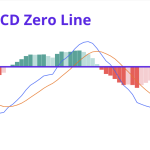
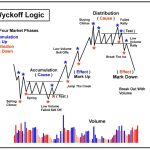
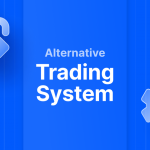
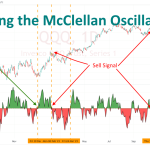
[…] For a deeper dive into non-displayed liquidity, review Stock Market Dark Pools. […]